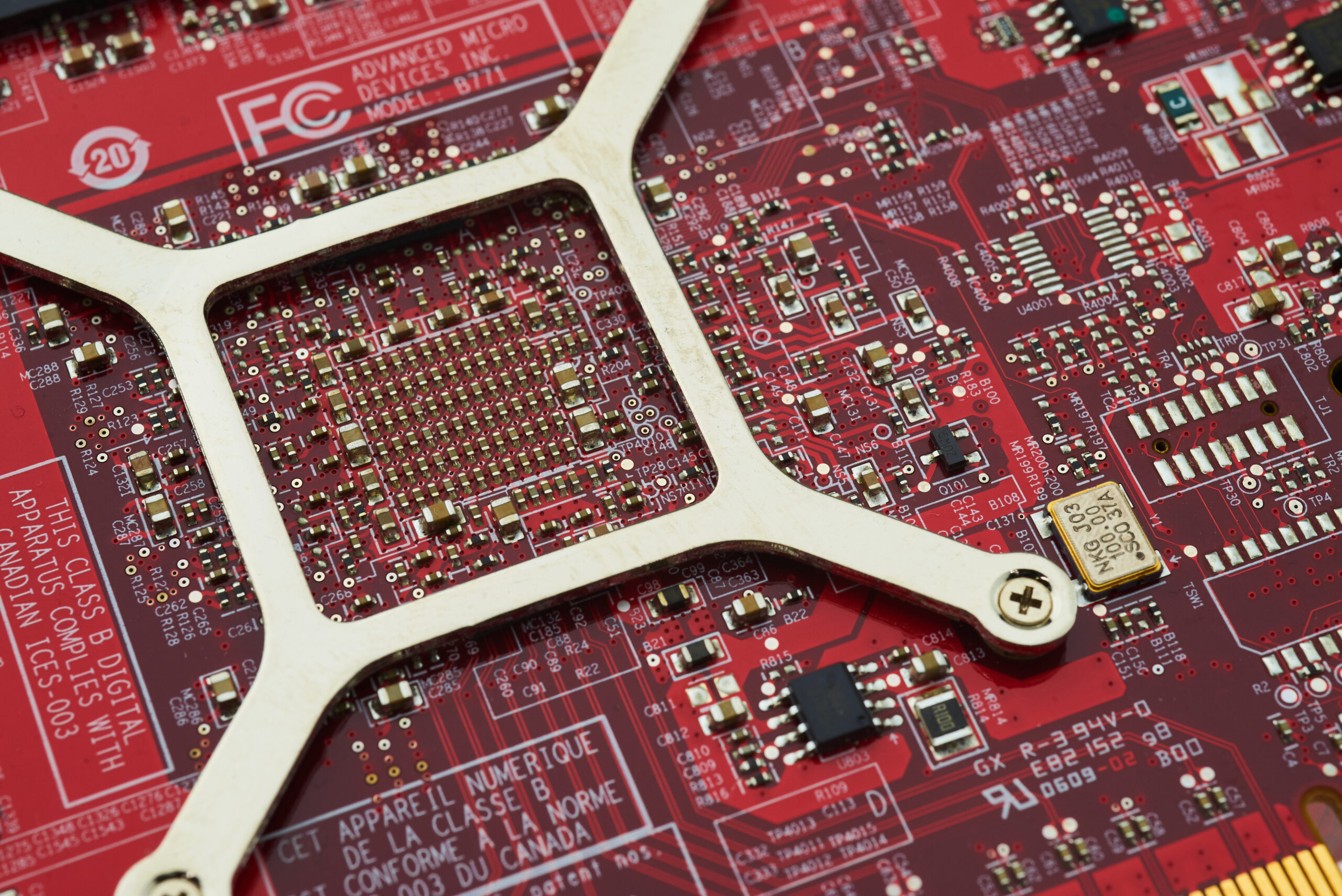Extensive Blaze Damage Restoration Services
Did you know that blaze harm repair can take ranging from a few days to many weeks? The extent of the destruction plays a significant part. Fires can cause immense damage, affecting not just the structural building but also the emotional health of those impacted. Complete fire destruction recovery services are crucial for returning a property to its pre-blaze state.
These smoke and soot removal Mount Vernon services include vital duties like smoke and soot elimination, blaze damage cleanup, and thorough blaze damage repair. They guarantee every nook of your area is treated for safety and comfort. Companies like ServiceMaster and BELFOR specialize in this field, bringing over sixty-five years of experience to handle different types of fire destruction.
Each case is unique, needing a tailored method that takes into account the particular needs of the property and the kind of fire. Engaging expert fire destruction restoration services not only accelerates the recovery process. It also addresses potential health risks from structural destruction and lingering smoke odors.
Comprehending the Impact of Blaze Destruction
Fire destruction can significantly impact a property, necessitating a deep grasp of its types and the recovery procedure. Each blaze incident is distinct, with varying degrees of damage needing specific attention. Identifying these classes is essential for effective repair. It helps in both the physical restoration of the property and in easing the psychological strain of those impacted.
Types of Fire Damage
Blaze destruction is categorized into various types, each with its own difficulties and repair requirements:
-
Class A: Includes common materials like timber, paper products, and fabric. This category can cause significant building damage to the building.
-
Class B: Pertains to flammable liquids such as gasoline or paint products. Cleanup can be especially difficult due to greasy remains remaining.
-
Class C: Results from vapors like propane gas or methane, which can cause volatile blazes causing widespread destruction.
-
Class D: Involves flammable metallic substances like magnesium or Na, posing specific difficulties during soot destruction repair.
-
Class E: Combines electrical components with Class A or B substances, making the restoration process significantly.
-
Class F: Results from cooking oils and lipids, which can leave hard-to-remove oily residues and lingering odors.
Understanding these categories is crucial for proper fire destruction assessment. It guides professionals in selecting the best repair techniques.
How Blaze Destruction is Evaluated
The fire destruction assessment procedure includes a thorough inspection to ascertain the extent of destruction. Professionals use various techniques to evaluate not just the destruction from flames but also secondary effects like soot, smoke, and water destruction from extinguishing efforts. Key elements of the assessment include:
- Examining for visible destruction, such as charred materials and structural weakening.
- Evaluating concealed issues, including soot infiltration and moisture levels, which can result in mildew growth.
- Utilizing specialized tools to assess soot pollution and the sturdiness of affected substances.
- Estimating the expenses related with necessary repairs based on the degree of the blaze damage.
By performing a thorough blaze damage assessment, professionals can more effectively grasp the challenges presented by the incident. This ensures a better smoke damage restoration process. It also minimizes long-term effects for building owners.
Fire Damage Restoration Process
The fire damage restoration procedure is crucial for restoration after a blaze. It includes a structured method, from the initial assessment to the ultimate restoration. Various types of fire destruction require unique procedures, ensuring a customized restoration.
Preliminary Evaluation and Mitigation
Recovery specialists first evaluate the property’s outer and interior to gauge destruction. This includes:
- Securing the property to prevent further damage
- Sealing entrances such as shattered windows and doors
- Removing debris and dangerous substances
This initial phase is crucial, laying the groundwork for the recovery procedure.
Cleaning and Deodorization
Cleanup involves eliminating rubble, destroyed materials, and soot and soot residue. Specialized tools and methods are used. Main steps include:
- Using powerful vacuums and cleaners
- Eliminating water and firefighting chemicals, known as third-party damage
After cleanup, odor removal is essential to remove smoke smells. Techniques like ozone treatments and air duct cleaning are employed to restore freshness.
Repair and Restoration
The ultimate phase is fire damage repair and recovery. It includes:
- Reconstructing building elements such as roofs and walls
- Replacing damaged flooring and wallboard
- Repairing power networks and fittings
- Restoring personal items, including furnishings and devices, based on the extent of the destruction
This detailed approach ensures the property is safe and habitable. Grasping this procedure can offer reassurance to those dealing with fire damage.
Professional Fire Damage Recovery Services
Engaging a professional blaze damage recovery solution is essential for efficiently restoring from the aftermath of a blaze. Firms like ServiceMaster EMT and IRP offer skilled teams trained in advanced methods customized to handle different types of blaze damage. With the typical cost of a building fire amounting to approximately $25,545 in the year 2019, the significance of swift and efficient recovery is clear.
Urgent blaze damage recovery needs highly skilled professionals who comprehend the subtleties of blaze effects, which frequently include complicated issues such as soot and smoke damage. These professionals use state-of-the-art equipment and technologies for blaze destruction cleanup services that not only bring back visual integrity but also address possible wellness risks caused by lingering soot odors and corrosive residues.
Grasping the various categories of blaze damage is crucial in the restoration procedure. Destruction categories include minor, medium, and significant, with distinctions between kinds of smoke destruction, such as wet, dry, protein-based, and oil-based.
Swift stabilizing of the fire damage upon arrival avoids further issues, including potential building failure.
The expertise of professional blaze destruction recovery specialists aids in navigating the insurance claims procedure. They work closely with clients and inspectors to guarantee that all necessary fixes are included, providing reassurance amid stressful circumstances. Below is a summary of key solutions usually offered by these experts:
| Offering Provided | Description |
|---|---|
| Initial Cleaning | First steps to avoid additional destruction. |
| Content Cleaning | Specialized cleaning for personal belongings and possessions. |
| Deodorization | Use of strong deodorizers to eliminate smoke odors. |
| Smoke and Soot Cleaning | Comprehensive cleaning to eliminate soot and smoke remains. |
| Comprehensive Surface Cleaning | Comprehensive cleaning methods for different surfaces impacted by blaze. |
Ultimately, putting resources in professional blaze destruction restoration guarantees that buildings recover their former condition while reducing continuous health and security risks. With dedicated urgent blaze destruction recovery solutions accessible, customers can focus on restoration, understanding their homes are in skilled care.
Importance of Prompt Blaze Damage Restoration
Timely fire damage restoration is crucial for protecting buildings and individual health. Swift action after a blaze can greatly lessen damage, leading to a faster recovery. Delaying fire cleaning raises the risk of further problems, extending and increasing the expense of recovery.
Reducing Additional Destruction
Waiting to clean up after a blaze can seriously damage your building. Moist environments foster mildew development, which can cause breathing problems and head pains. Structural sturdiness may also be weakened, leading to collapses if not repaired quickly. Soot damage and unwanted smells become harder to remove over time.
- Quick restoration efforts can prevent secondary issues, such as mildew, rust, and ongoing building deterioration.
- Professional blaze cleanup ensures that smoke and smoke residues are thoroughly removed, safeguarding your home.
- Timely response often results in reduced overall restoration costs due to reduced damage.
- Quick response increases the chances of saving valuable belongings and crucial papers.
Health and Safety Issues
Handling wellness and safety after a fire is essential. Do-it-yourself cleaning subjects you to harmful substances, creating serious wellness hazards. Professionals are trained to manage blaze damage securely, using the right equipment and techniques to protect all involved participants.
| Security Issues | Risks Related | Expert Response |
|---|---|---|
| Mildew Growth | Breathing issues, head pains | Immediate assessment and remediation |
| Smoke Residue | Persistent odors, health risks | Professional cleaning and odor removal |
| Cave-ins | Structural failure | Thorough building evaluation |
| Cancer-causing agents | Wellness issues | Safe elimination by skilled experts |
Engaging qualified experts for blaze cleaning improves wellness and security, guaranteeing a thorough recovery process. Prioritizing timely fire destruction restoration encourages a quick return to normal conditions and mitigates risks related with lingering destruction and safety issues.
The Bottom Line
The journey from blaze damage to restoration is crucial, emphasizing the requirement for quick action and professional assistance. Fires inflict extensive destruction, impacting structures and creating health hazards from soot and soot. With over 350,000 residential blazes reported annually in the United States, understanding this process is key for residents.
Expert blaze destruction services offer significant advantages, including quick evaluations, thorough cleanings, and tailored recovery plans. Skilled technicians handle the complications of recovery, guaranteeing security by managing dangerous substances. This approach aids property owners regain their normalcy and emotional well-being.
Investing in fire destruction restoration solutions tackles immediate concerns like smells and structural problems. It also strengthens buildings against future risks. By engaging these specialists, residents can concentrate on restoring and moving forward after a blaze. The recovery procedure, with its systematic steps and meticulousness, is essential for regaining peace of mind.


